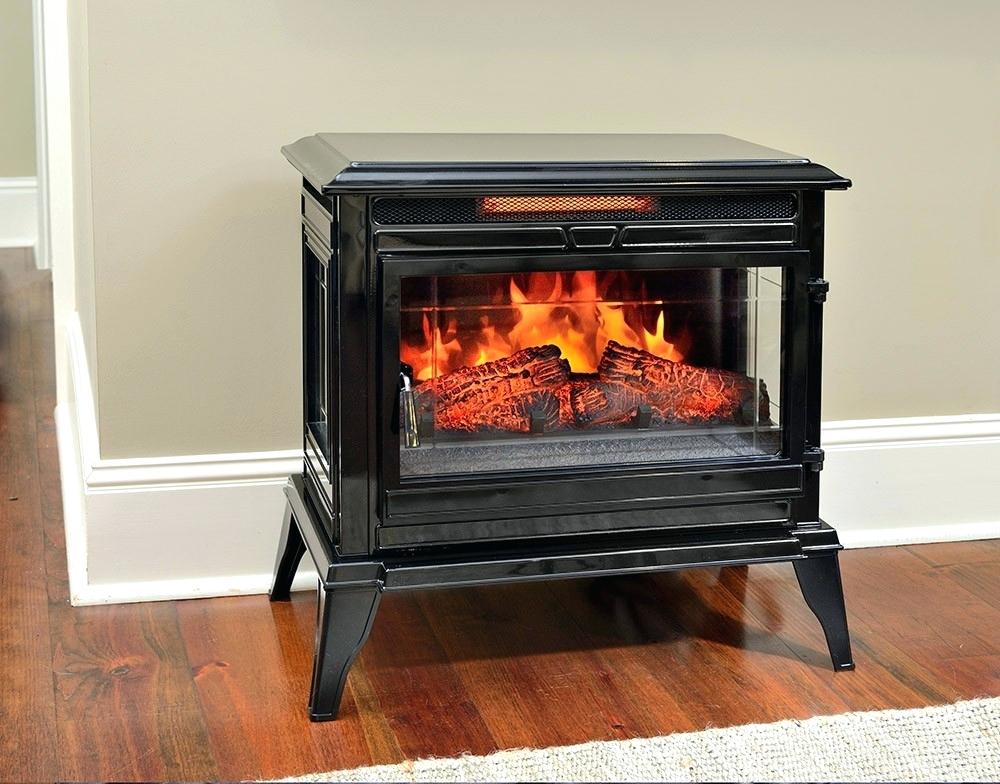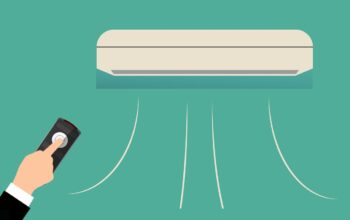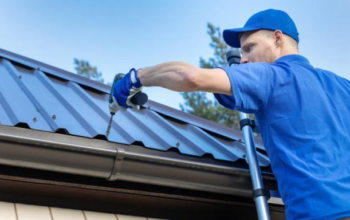Winters can be terrible, especially if you don’t have a reliable heater to keep you warm. How do you find the right heating option to cater to your needs?
There are several types of heaters, depending on the fuel needed to run them, heaters also come in different styles and sizes. In this piece, we compare the different options available in the market, to assist you in buying the perfect heating companion for this coming winter.
Type of Fuel: Wood vs. Gas vs. Electric vs. Pellet
The kind of fuel that runs a heater affects the amount of heat it produces, its maintenances and many other aspects.
Wood heaters are best-suited for people who like a vintage-theme home. The majority of people who use wood heaters do so because of the magnificent sight of burning flames and the pleasant sound of crackling wood. Its main disadvantage is the smoke it produces, the need for regular cleaning, and the larges space required to store firewood.
Electric heaters are ideal for small spaces. They are easy to operate and allow you to regulate heat using the inbuilt thermostat. Another merit is that they supply heat instantly after switching on. Their most significant downsides are the recurring electric bills and inability to heat large spaces.
Gas heaters are renowned for their efficiency. They are easy to operate and can quickly supply heat to large spaces. Natural gas is also cheaper than electricity. You will, however, need to live with the risk posed if a leak occurs.
Pellet heaters are modernised wood heaters. They are eco-friendly, as they use recycled wood to run. They also have inbuilt thermostats that enable you to regulate the amount of heat they produce easily. Their main disadvantage is the difficulty in finding pellets, as well as the recurrent electricity bills.
Freestanding Heaters vs. Inbuilt Heaters

Choosing between these two can be quite a dilemma.
Regarding aesthetics, both are sound options. Inbuilt heaters fit perfectly with all types of interior design, while freestanding options are more suited for traditionally designed homes. That said, there some freestanding models that feature contemporary designs.
When it comes to warmth, freestanding models have a slight edge of inbuilt heaters. Their positioning allows them to generate heat evenly throughout the room. Inbuilt heaters, on the other hand, can only produce heat in one direction and take longer to heat the entire room.
One of the most significant consideration when buying a heater is safety. In this regard, inbuilt heaters have the upper hand over freestanding models. Inbuilt heaters are fixed into a wall, meaning that children and pets can’t run into them. Freestanding heaters have the provision of installing fireguards, but this adds clutter to your space.
Related Posts

Loves home. I am here to provide how to make your home a much better place. 🙂 Blogging about HomeDecor, Home Improvements and more.











